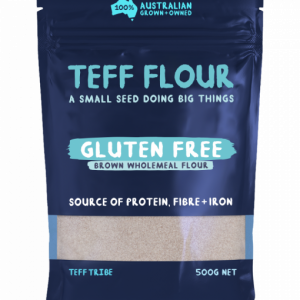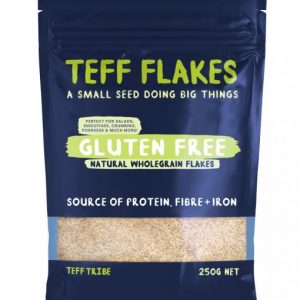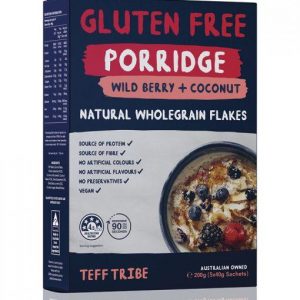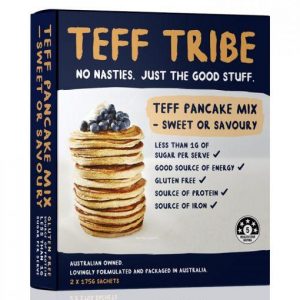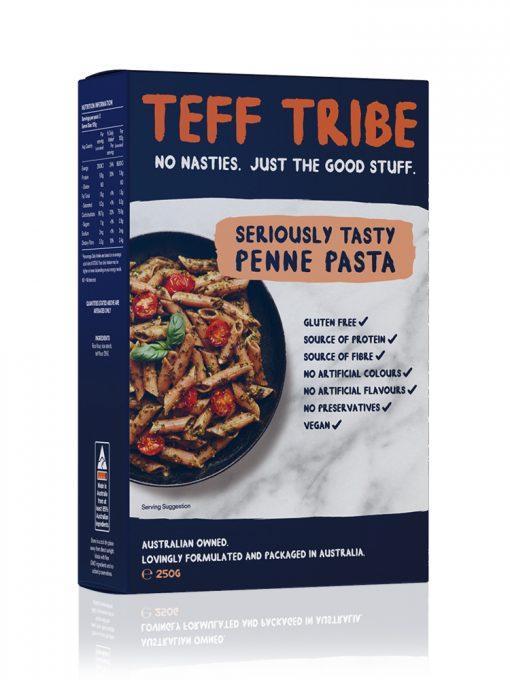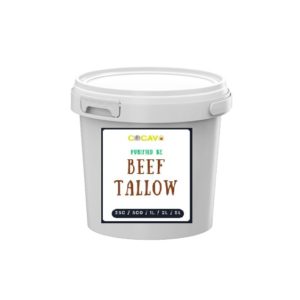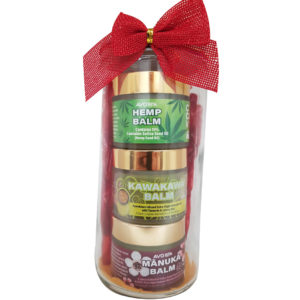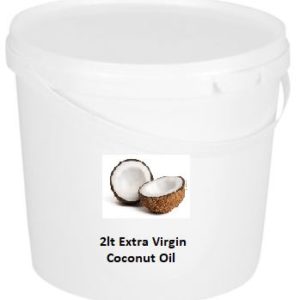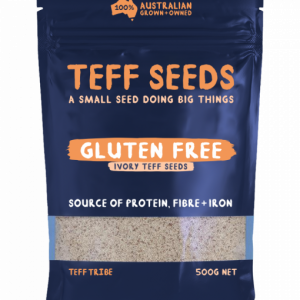
The tiny size of a teff seed belies its substantial nutritional power. Many of Ethiopia’s famed distance runners credit teff for their endurance, and it’s long been an important element in the traditional diets on the Horn of Africa, where it’s most commonly ground into flour and served as injera, the region’s customary flatbread. With the widespread interest in the so-called “ancient grains,” defined as unaltered through selective breeding or other genetic modifications, teff is gaining fans in the rest of the world too.
What Is Teff?
Although technically a seed from the Eragrostis tef plant, commonly called Williams’ lovegrass or annual bunch grass, teff functions as a whole grain, similar to barley, wheat & quinoa.
Unlike wheat, teff, a type of millet, is a gluten-free grain choice suitable for most people with celiac disease or an intolerance to gluten. Though it’s more expensive than other whole grains, due to the difficulty of harvesting the smallest grain in the world, proponents of teff cite its unbeatable nutritional value as worth the extra cost. Like many grains, you can also purchase it in flour form.
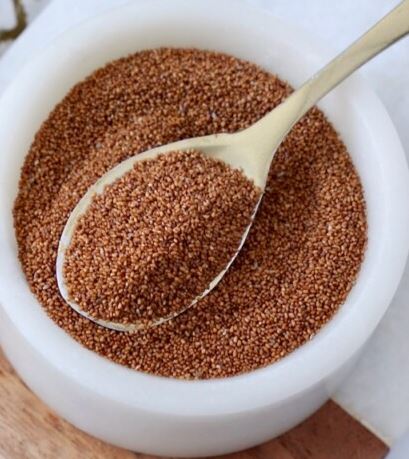
How to Cook Teff
You can simmer teff as you would any other whole grain, but vary the teff-to-liquid ratio depending on how you want to use it. A 1:1 ratio of teff to liquid keeps the seeds intact and al dente, perfect for use as a sprinkle on top of oatmeal, muffins, soup, steamed vegetables, or just about anywhere you want to add a healthy little crunch.
For a creamier dish, such as breakfast porridge, increase the amount of liquid to 1:4. To use teff as the base for a pilaf or a stuffing, or to incorporate it into a casserole or other dish that will continue cooking, use 1 3/4 to 2 cups of water or stock for each cup of dry teff.
Once you determine the amount of liquid, bring it to a boil, add the teff and cover the pot, turn down the heat, and let it simmer until the grains absorb all of the liquid; the time will vary from 8 minutes to 20 minutes depending on the volume of liquid. Let the pot stand off the heat but still covered for about 5 minutes, then fluff it with a fork, just like you would with quinoa or couscous. Some recipes recommend first toasting it in a dry skillet until it releases a pronounced aroma. A cup of dry whole grain teff yields about three cups cooked.
Some people recommend substituting teff flour for about 25% of the white flour in a recipe when you bake to add nutrition and distinctive flavor. In gluten-free recipes, teff flour can act as a binder for other gluten-free flours, giving baked goods a soft, almost cake-like crumb.
As we carry a range of TEFF Products, you may very well find what you are looking for amongst our range.
What Does It Taste Like?
Similar to most grains, teff is often described as nutty in flavor. The Teff Company, an Idaho grower, describes it more specifically as similar to hazelnuts, with a hint of chocolate in the darker variety.
COCAVO is stocking a range of TEFF products including Seeds, Flours, Flakes, Porridges, Pancake & brownie mixes and Pastas.

